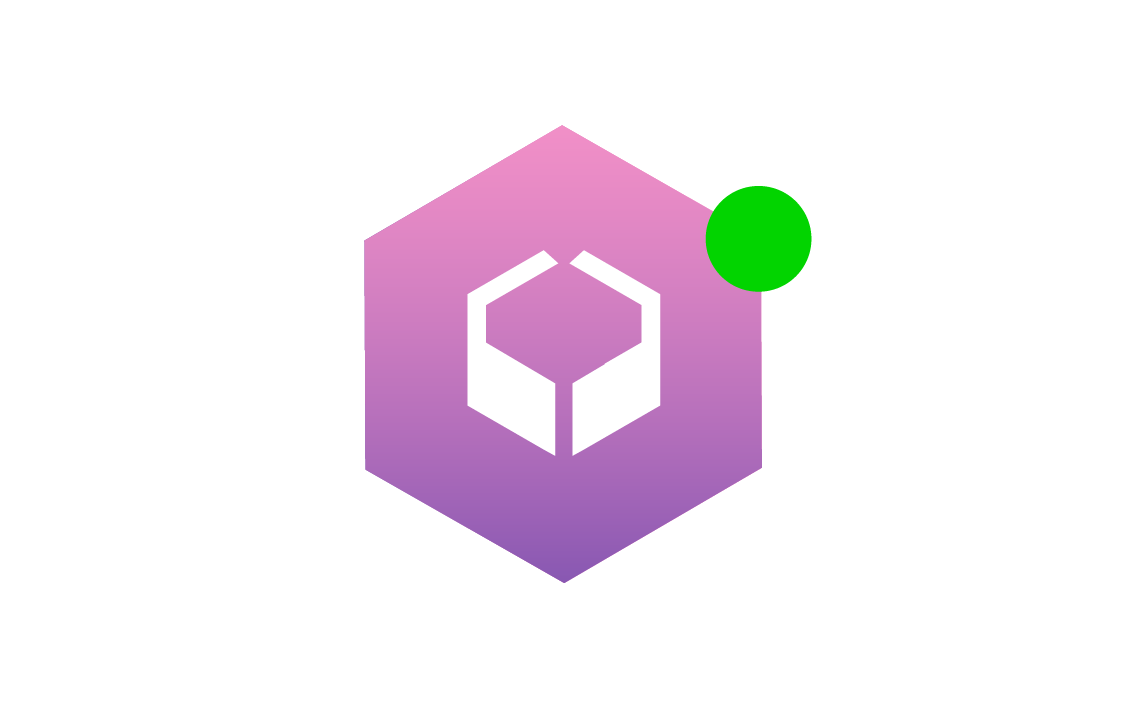Project Description
Alcor Latam POB
Description
Alcor Latam POB is a data analytics solution developed by Sigesa for the analysis of population health, the calculation and analysis of population risk adjustment indicators and the analysis and management of chronic diseases based on the population stratification algorithm.
Risk adjustment allows:
- Monitoring the state of Population Health: The risk adjustment model CRG allows the monitoring and evaluation of the health status of an assigned population, the comparison of the situation of different population centres, as well as understanding the trends of behaviour of the most relevant diseases. Since they also enable the visualization of the patient’s global history, Alcor also facilitates the establishment of communication channels and shared attention between Primary and Specialized Care.
- Managing Chronicity: Stratification allows the identification of chronic high-risk patients and the management of prevalence rates of chronic diseases in a population. This information allows to carry out follow-up strategies and attention to chronic patients, highly necessary given the world demographic forecasts.
- Planning Prevention: The identification of high-risk populations allows the implementation of prevention plans on those groups of citizens who are more susceptible to proactive intervention on them, their clinical evolution will develop in a more positive way.
- Resource and Expenditure Management:. Stratification allows the visualization of the burden of hidden morbidity within the population pyramid, making it easier to identify where health spending is concentrated. Likewise, it also allows for better planning and management of the most efficient resources available, making it easier to assign them according to the real burden of morbidity. Finally, Alcor Latam POB is extremely useful in the implementation of capitation financing models, where the individual and his burden of morbidity is the axis of follow-up and action.
Features Alcor Latam POB:
- Centralized database.
- Normalization of all the necessary information for the assignment of the risk group corresponding to each individual and integral system of validation of quality of information.
- Standard pre-engineered dashboards.
- Customizable reports.
- Traceability of the Drill-Down indicator (Hospital> Service> Medical> DRG> Episode).
- Heat maps of prevalence of diseases and chronicity.
- Flexibility, autonomy and immediate results availability.







